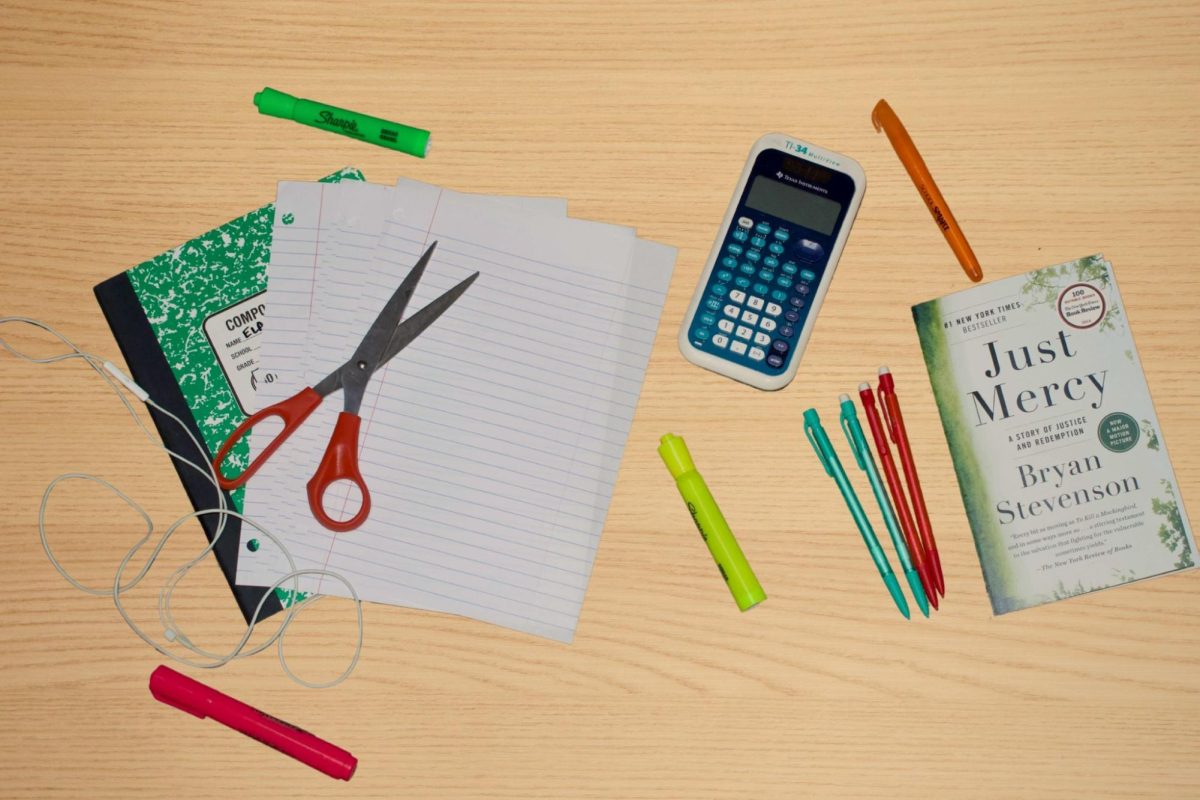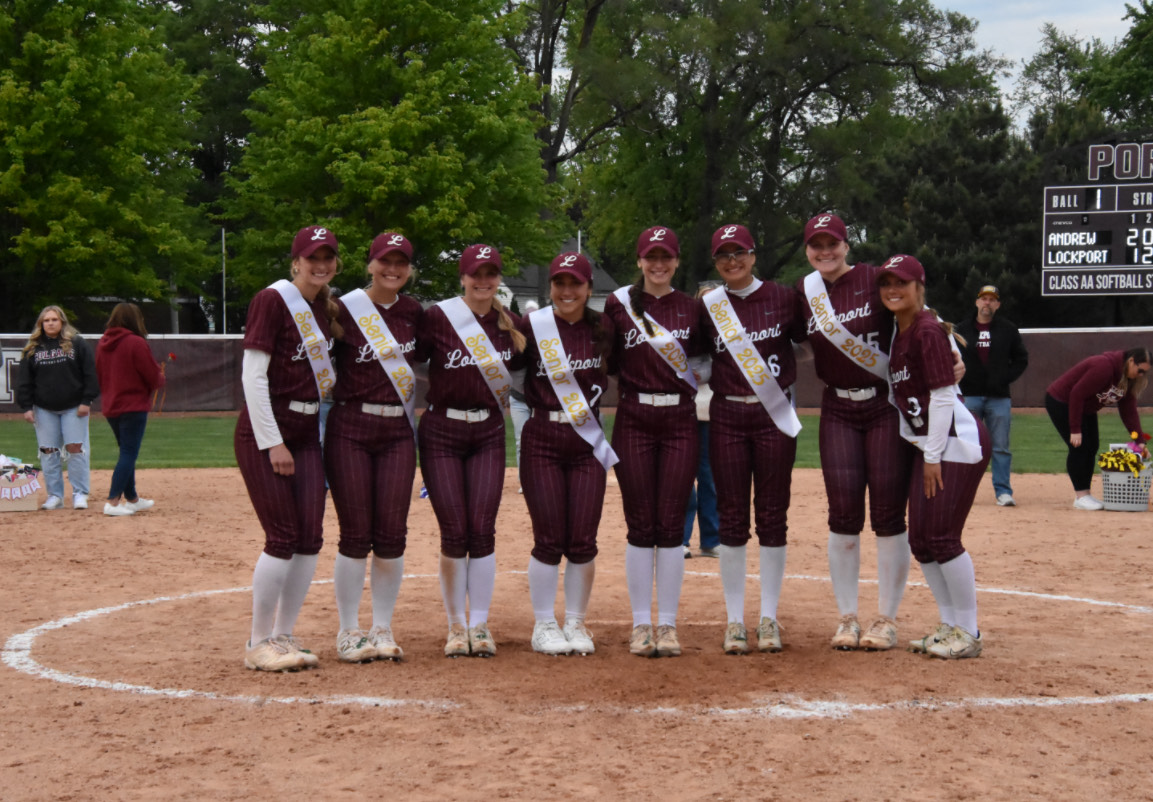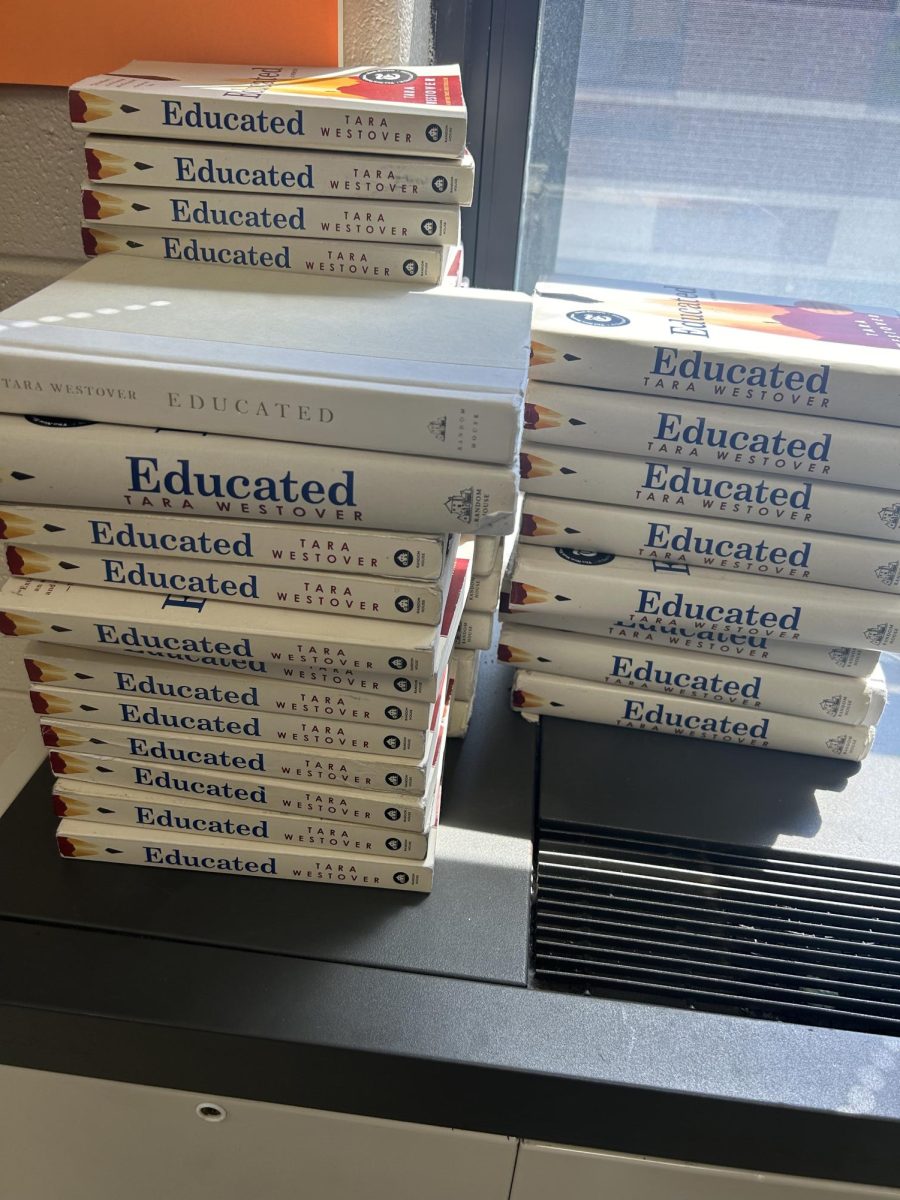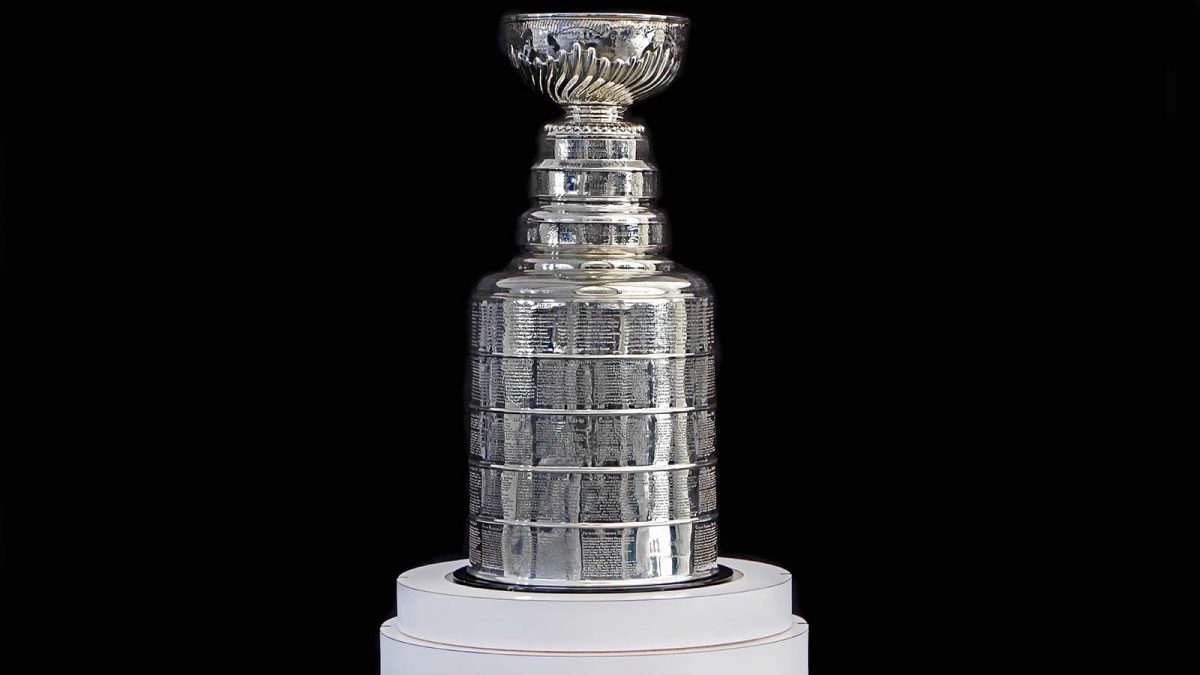Cheap cardboard folders. Mechanical pencils that can’t hold lead. Multi-color highlighters which will lose their caps within a week. Sweaters that will have a loose thread after one wash. Oh god. Oh god.
I wake up in a cold sweat. Thank god the horror is over.
…
As September rolls around and the regular school routine has fully set in, big-box retailers and online shopping juggernauts alike are starting to wind down their back-to-school advertising. The initial glamor has worn off; Most of us have worn all the shirts we bought on the clearance rack, new erasers are starting to smear and smudge, and those shoes, no matter how hard you have tried, are starting to crease.
Now that we’re falling back into the school lifestyle, this is a good time to reflect on the purchases we made in preparation for nine months of pure exhaustion, most of which were, let’s be honest, needless.
This needlessness permeates throughout American shopping culture, and Back to School sales are an especially predatory variety, specifically targeting children, teens and young adults.
According to a 2021 by Erin Blakemore, Back to School sales go back as far as the 1930’s, when department stores contained pop-ups for college apparel during the summer-fall period. Like the Back to School sales of today, these pop-ups carried the latest in college fashion and targeted primarily young adults.
Over time, these pop-ups went out of fashion and evolved into what we see today. Not only do they advertise apparel, but writing supplies, textbooks, calculators, and more recently, laptops and tablets.
This is where we get to the fundamental issue of Back to School: Most of these items are terrible quality and are meant to be thrown away – a phenomenon known as “planned obsolescence.” Think of clothes made with cheap materials and labor, chromebooks with terrible performance, and those terrible BIC mechanical pencils that do everything but hold lead.
Of course, not everything can be designed to last forever – paper will be doodled on, markers will dry up, and pencils will graduate to adorable little stubs. But many “inherently disposable” items have good reusable alternatives; Digital documents can be infinitely marked up and erased, sticky notes can allow for annotations without writing on the book itself, and a mediocre quality mechanical pencil can last years as long as you let it.
But this brings up another issue: Even when we do buy high quality supplies, we often neglect to maintain it, or we buy new supplies even when our old supplies are working fine. This fuels a feedback loop of buying new stuff with the vague promise of keeping it for years, only to discard it a few months later to buy new stuff again. Money goes in… and in… and in…
It’s important to make a caveat that there will of course be times where you will just flat out have to buy something for school. No one should knock you for buying a book for your required reading project, but the main point here is that we must be able to distinguish between what we truly need, and what is, honestly, future garbage.
Next time you visit a store for school supplies, apparel or really anything, question if you really need it and will use it. Most of the time, we already own alternatives that work just fine or just need a little cleaning. If you absolutely DO need a specific product, see if you can buy it secondhand, either in a thrift store or through an online marketplace.
With an environmental crisis underway, it is now more important than ever to reduce consumption and work with what you already have. Not only that, but reducing consumption obviously reduces spending which can be better utilized for investing in your future self. Take back your money from useless products and careless corporations and let yourself benefit greatly.









